Last month, the U.S. Food and Drug Administration (FDA) greenlit an intriguing over-the-counter hearing aid offering from Apple that could encourage millions of people to do something about their mild to moderate hearing loss. With a software update coming later this fall for iOS 18-compatible iPhones and iPads, Apple’s AirPods Pro 2 earbuds will provide hearing assistance for $249, making them one of the more affordable over-the-counter hearing aids on the market (excluding the cost of the phone or tablet).
The hope is that Apple’s offering improves on the current crop of over-the-counter (OTC) hearing aids. Since their approval by the FDA two years ago, OTC hearing aids have generated excitement, optimism—and disappointment. “They’re baseline amplifiers that amplify all sound,” Dr. Linnea Fechtner told The Dispatch. Fechtner, an otologist in Grand Junction, Colorado, said quality and customer support for OTC hearings aids both vary widely by device, and customer return rates are higher than expected.
The cheaper the device, the more the burden falls on the consumer to test, fit, and adjust the devices—something they aren’t necessarily skilled at doing. It may be the main reason adoption rates of OTC hearing aids are just 2 percent of the adult market. “The good ones are not as inexpensive as I thought they’d be,” Fechtner said. “They’re not a cheap experiment.”
That wasn’t exactly what Sens. Elizabeth Warren of Massachusetts and Chuck Grassley of Iowa had in mind when they partnered in 2016 to attempt to lower the cost of certain consumer products. Hearing aids were a worthy first goal: Hearing loss is a big public health problem whose solution was effectively blocked by the high cost of prescription hearing aids—in part because the five largest hearing aid manufacturers enjoyed a 90 percent-plus market share.
About 38 million U.S. adults and 1.5 billion people worldwide suffer some degree of hearing loss. And yet, unlike vision loss, hearing loss has proven more resistant to help. Although 75 percent of people over age 45 used glasses, contacts, or other vision correction in 2019, only 7 percent used hearing aids.
The upshot is worse than having to say or hear “what?” all day long. Hearing loss can lead to social isolation, depression, and cognitive decline. In her 2021 book Of Sound Mind: How Our Brain Constructs Meaning in a Sonic World, neuroscientist Nina Kraus writes that controlling for other factors, “Hearing loss is strongly and independently associated with cognitive impairment.” And the self-imposed isolation of many sufferers of hearing loss, she writes, can lead to social disconnection and is “linked to dementia.”
At a typical cost of $2,680, and often several times more costly, prescription hearing aids are the third-largest expenditure for Americans who buy them, behind a house and a car, according to the National Council on Aging. Then there’s the stigma of being seen wearing hearing aids. Grassley and Warren couldn’t do much about that, but could they at least convince the FDA to open the market to cheaper hearing aids?
In 2017, Congress passed the Over-the-Counter Hearing Aid Act, legislation co-sponsored by Grassley and Warren that changed regulations to allow consumers to buy certain kinds of hearing aids without a prescription. President Donald Trump signed the legislation into law, but the FDA didn’t take the required next steps to issue rules about OTC hearing aids.
Meanwhile, Apple—known to pursue a long-game strategy in developing its health offerings—had been working toward such a contingency. Since 2014, the company had been adding relevant hardware features to its earbuds: speech-detecting accelerometers, which recognize when you’re speaking; optical in-ear sensors, which detect when you’re wearing earbuds; dual microphones that pick up sound directionally and help distinguish ambient noise from a person speaking in front of you; and inward-facing microphones, which help counter noise; and other sensors, as well as headphone chips that run the works.
These hardware (and software) improvements meant that by the fall of 2023, Apple was ready to submit its OTC offering to the FDA for de novo approval (the FDA’s marketing pathway to classify novel medical devices).
By that time, President Joe Biden had issued an executive order that put FDA approval back in motion. Despite efforts by the dominant prescription hearing aid makers to weaken the FDA’s proposed rule governing the devices, the agency approved OTC hearing aids in August 2022.
Today, these non-prescription hearing aids range from $299 to $2,500 per pair. Opening the market to OTC products didn’t make hearing aids cheaper as much as it laid bare the market’s economics: Much of a hearing aid’s value turns out to be the human inputs—correctly testing hearing and properly fitting and adjusting the devices. Aside from any quality problems, cheaper device makers either don’t provide customer support or don’t offer enough support to meet demand. “The complaint I hear is, ‘I can’t get a hold of anyone!’” said Fechtner.
Apple’s product is markedly different from the rest of the field. Instead of developing a new device, it has piggy-backed an easy-to-install software update onto its latest-generation wireless earbuds. It turns one of the market’s more expensive earbuds into one of the most affordable OTC hearing aids, says Wired, with more “sophisticated audio processing chops.”
Most crucial, perhaps, is that Apple will deliver its hearing assistance in the simple and intuitive technological package that has made its products so successful. As Steve Jobs said at least once, according to biographer Walter Isaacson, “The main thing in our design is that we have to make things intuitively obvious.” This usability may help AirPods owners make the critical DIY adjustments required to achieve effective hearing aid fitting.
Apple’s hearing software will be included in a routine software update sometime this fall. Using the software appears fairly simple: You take a self-administered hearing test first—listening to a series of tones at different frequencies and volumes in each ear. An audiogram that’s similar to one you’d get from an audiologist, showing your hearing sensitivity at different frequencies and volumes, appears on-screen (you can also upload an audiogram from a hearing professional).
After completing a few more programming steps, a user can begin using Apple’s hearing features. These include boosting sounds in real-time, according to your audiogram. They also include Live Listen, which lets you use your device as a directional microphone to better hear speech over noise, and Conversation Boost, which focuses the microphone on the person in front of you. Fechtner finds Apple’s upcoming hearing loss “prevention” features “extremely exciting.” And unlike most OTC hearing aids, Apple’s offering will automatically work with streaming media—phone calls, music, movies, and games.
Limited battery life means that, unlike many wireless OTC hearing aids, the AirPods won’t function all day. The AirPods Pro 2 batteries last up to six hours, but five minutes in the charging case adds about an hour of listening or talk time. All health data (including hearing data) are as secure as other health information you access from your device, according to Apple. Health insurance, including Medicare, generally does not cover over-the-counter hearing aids as of now, but some private insurers have set up partnerships with individual device makers. Uninsured buyers may have recourse to other financial help.
Fechtner advises patients to visit an audiologist, get tested, and try different devices to determine exactly what they need. And with those requirements in hand, to shop for an over-the-counter device that best suits them. At the very least, said Fechtner, an OTC hearing aid “can provide help at a lower cost, until you get a prescription device.”
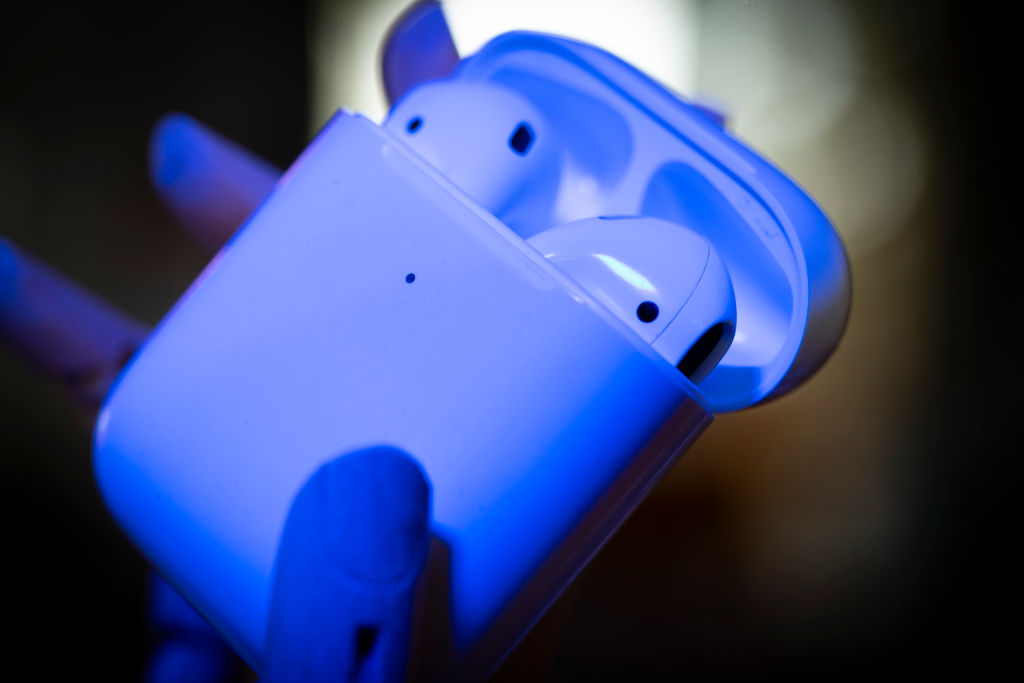
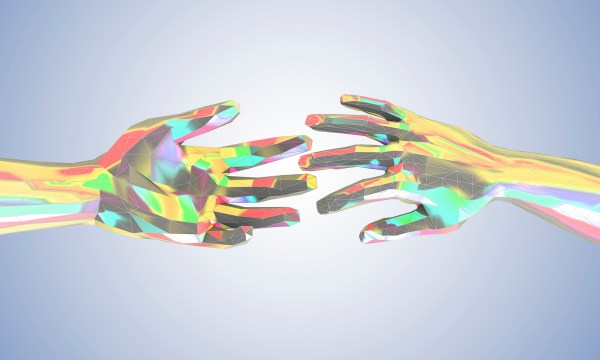
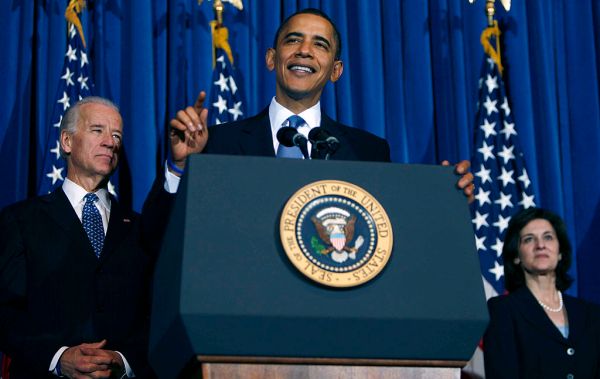
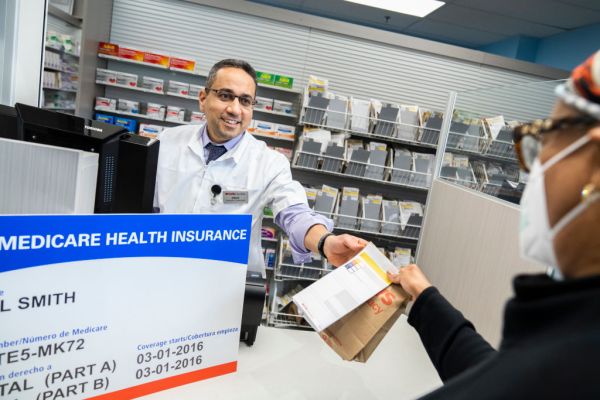

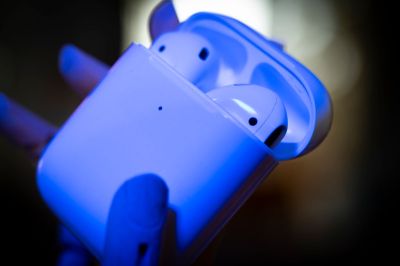
Please note that we at The Dispatch hold ourselves, our work, and our commenters to a higher standard than other places on the internet. We welcome comments that foster genuine debate or discussion—including comments critical of us or our work—but responses that include ad hominem attacks on fellow Dispatch members or are intended to stoke fear and anger may be moderated.
With your membership, you only have the ability to comment on The Morning Dispatch articles. Consider upgrading to join the conversation everywhere.